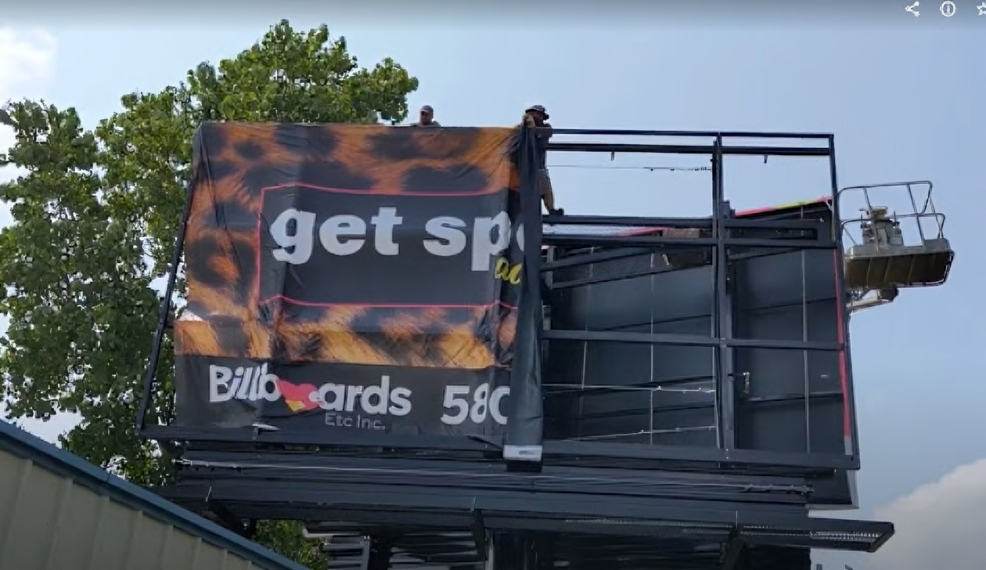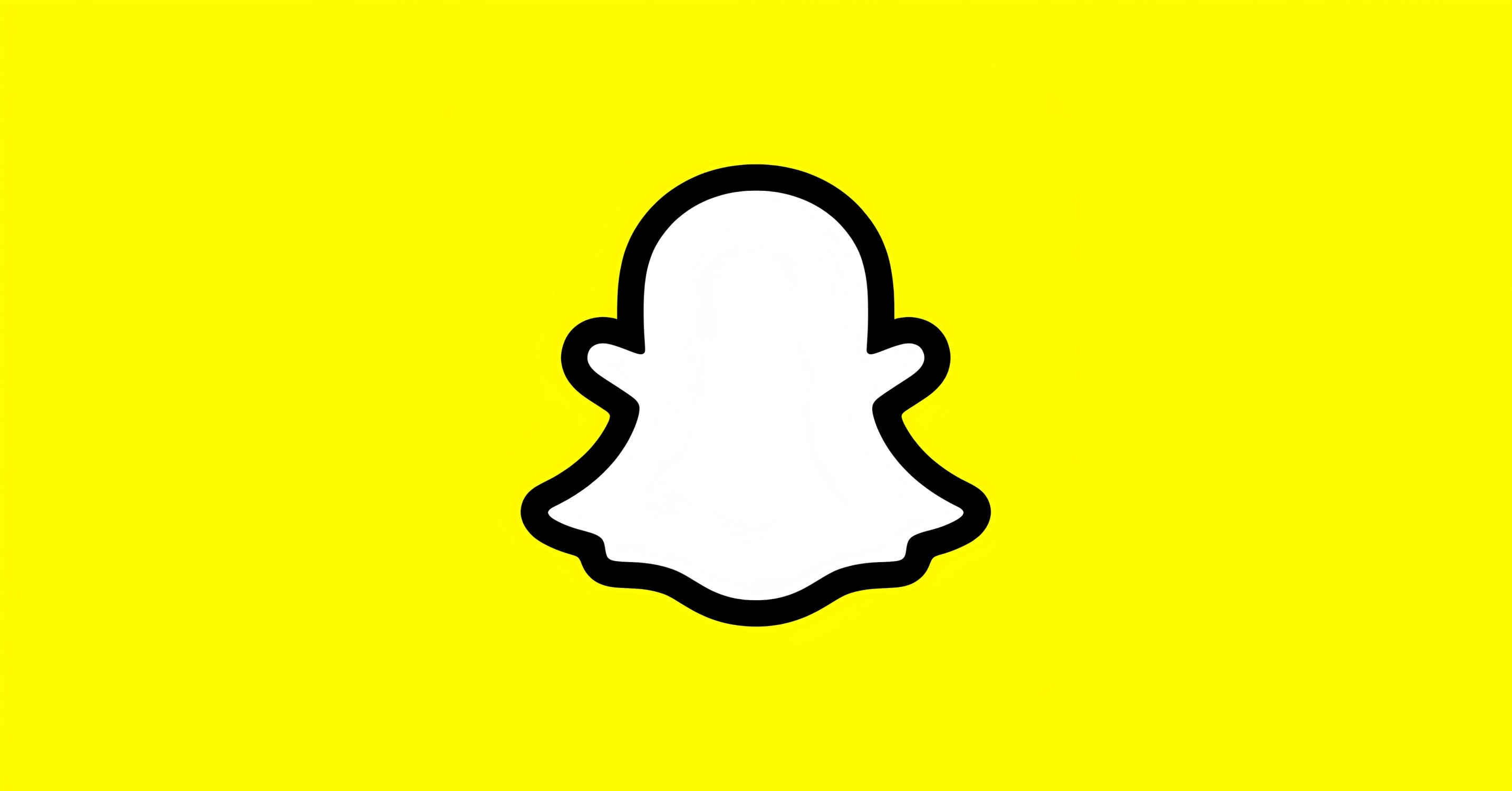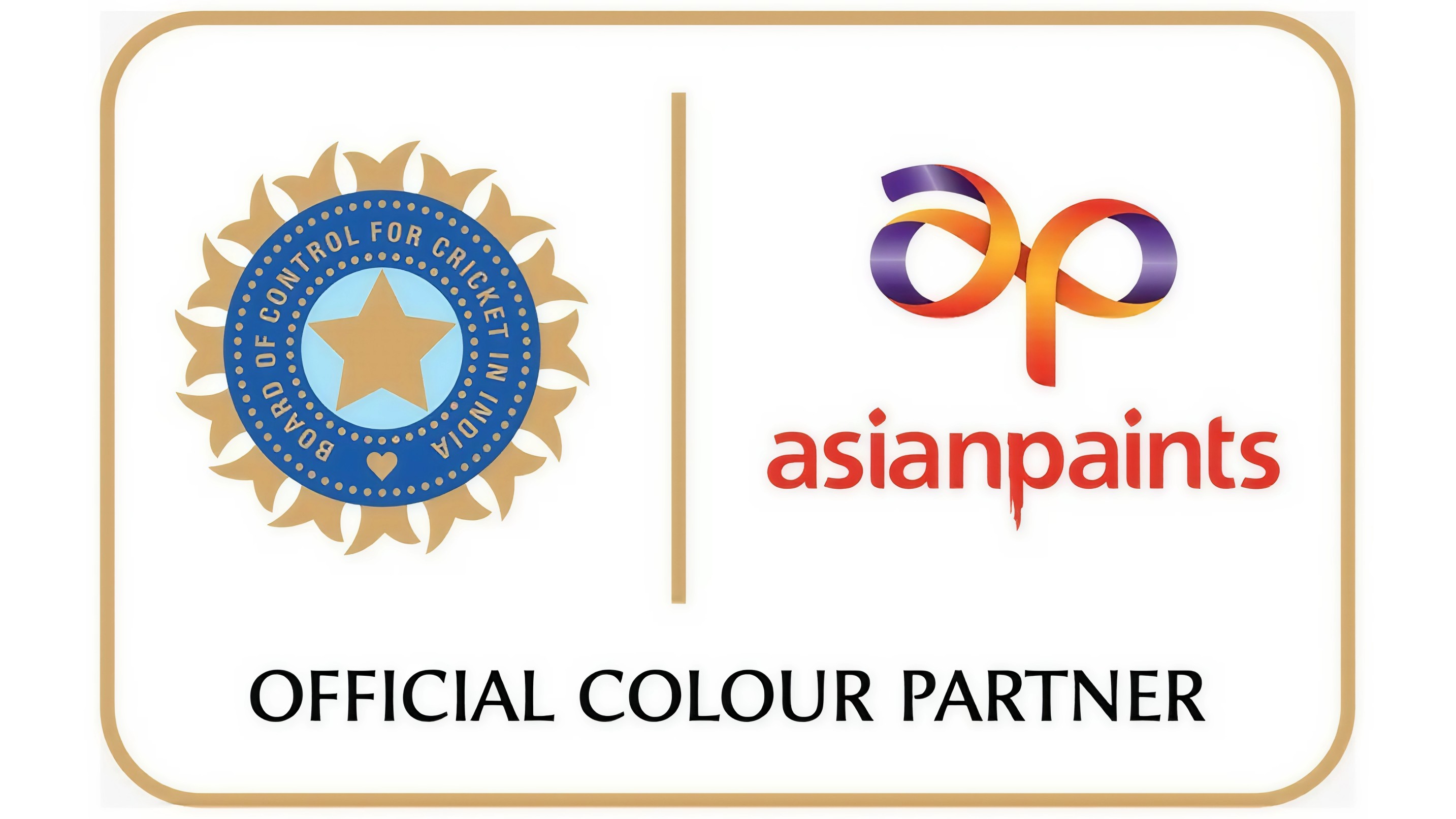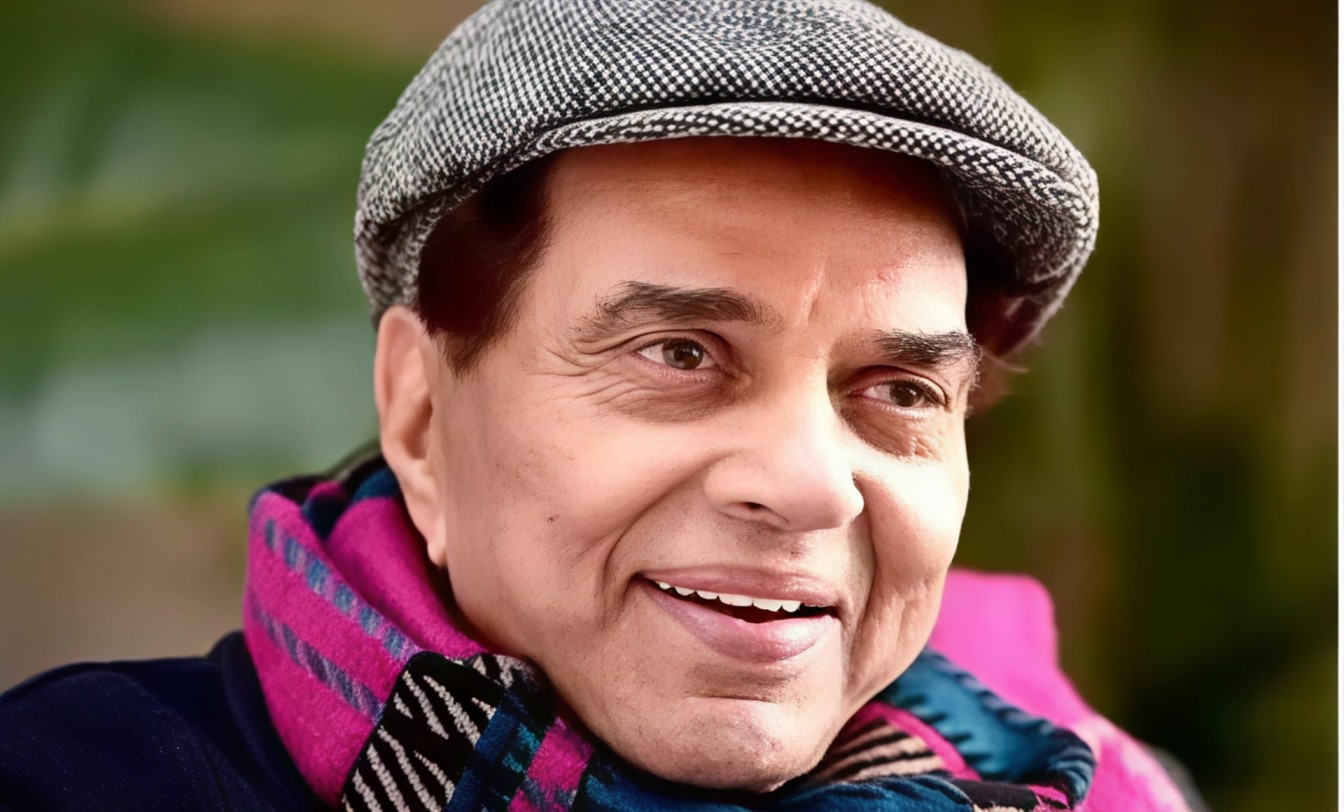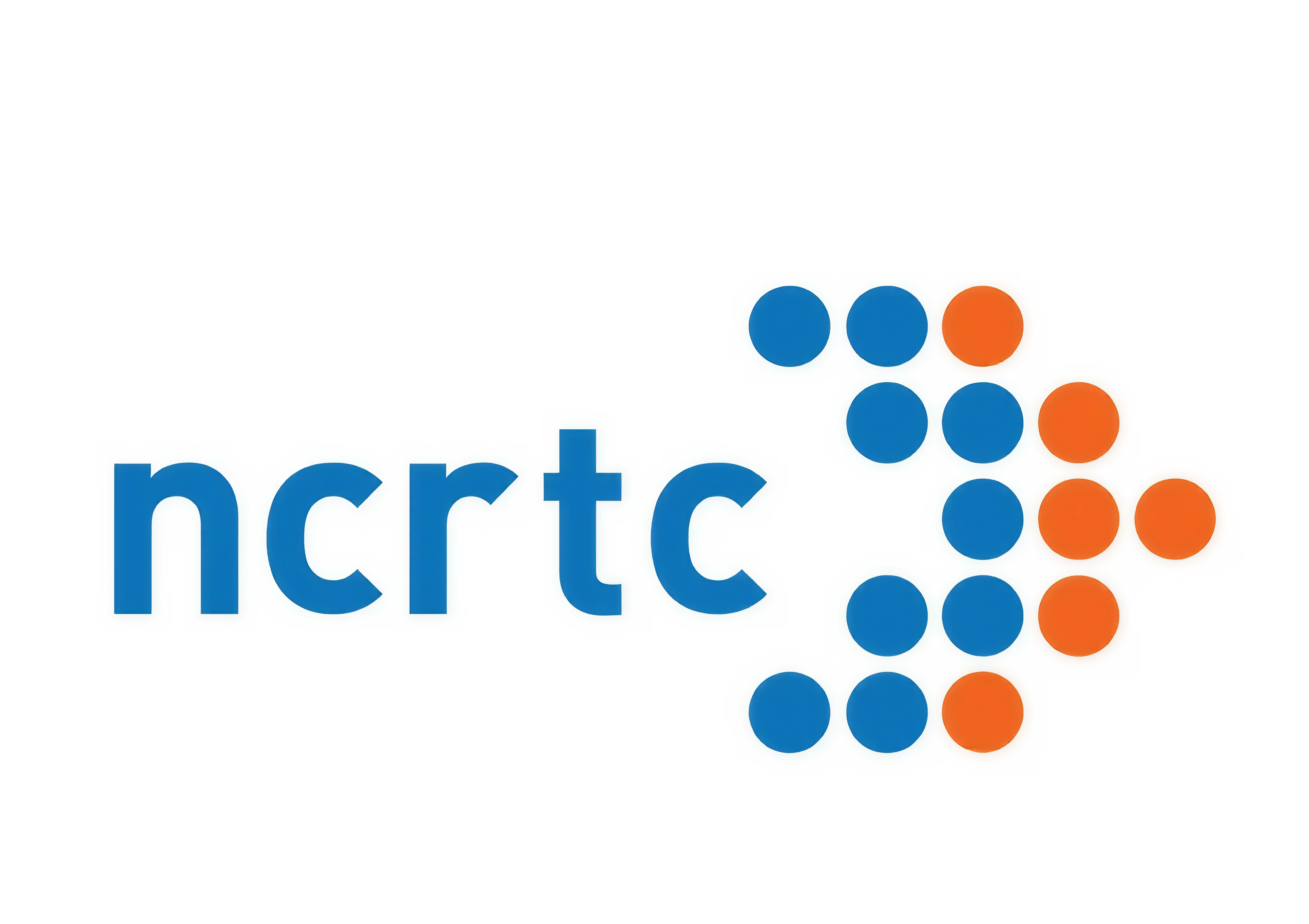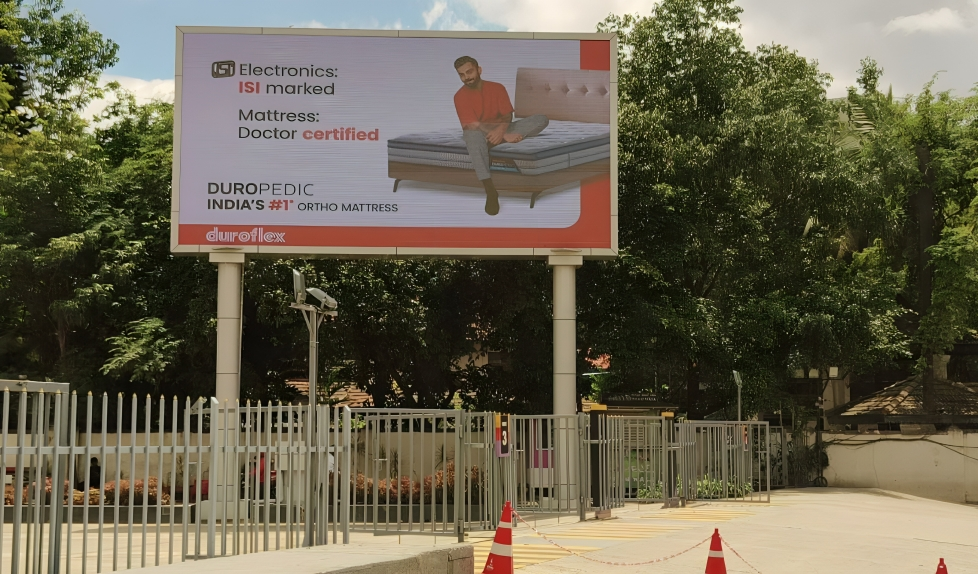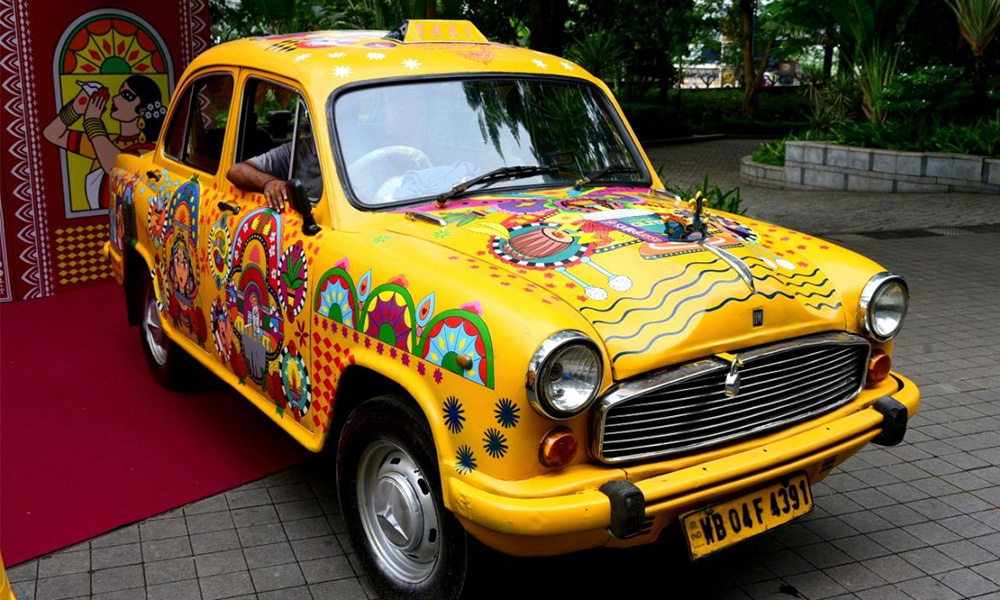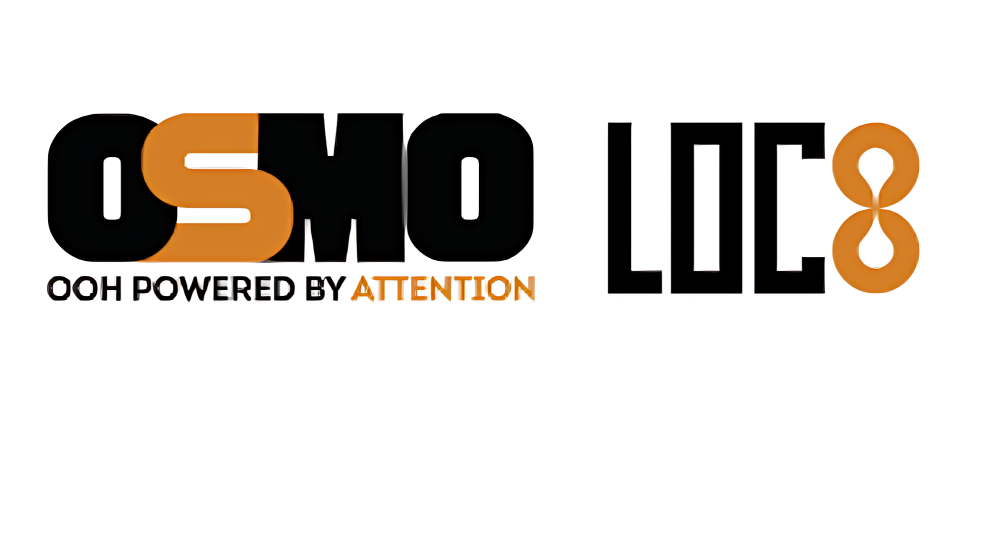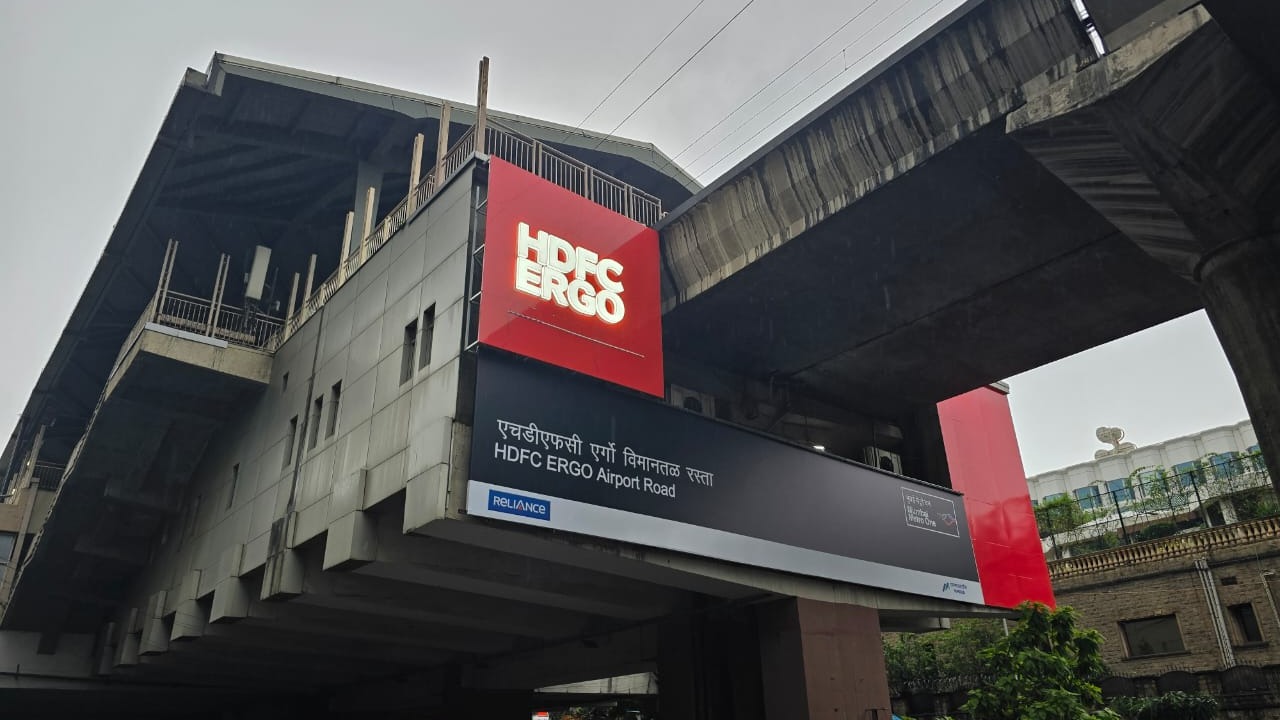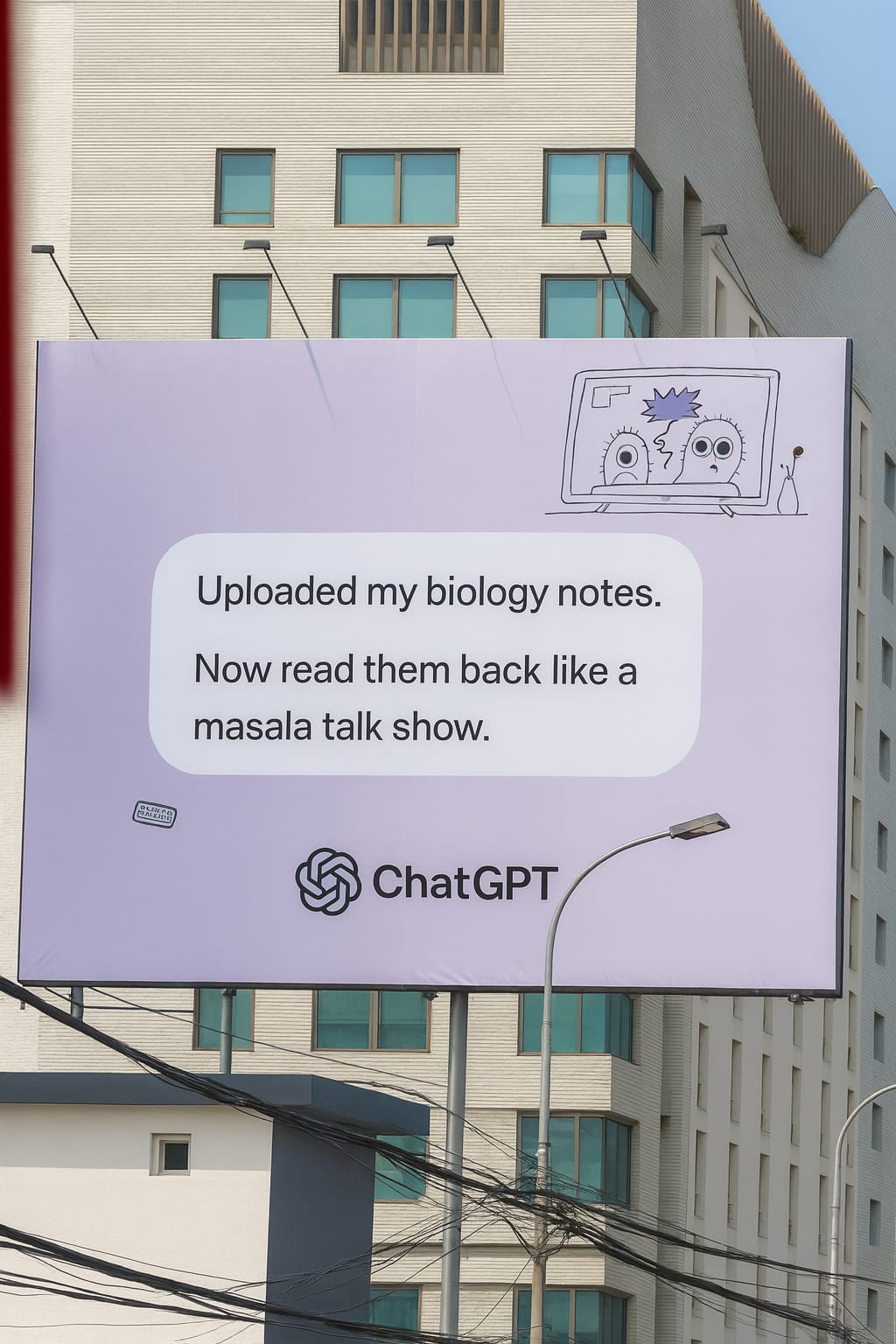The Afterlife of a Billboard
Once a campaign ends, the faces fade, the offers expire, and the towering sheets are pulled down. But the billboard’s story doesn’t end there. In most Indian cities, PVC flex sheets are bundled up and either sent back to advertisers, repurposed informally, or discarded. Many end up in landfills, where they stay for decades because the material is non-recyclable and non-biodegradable. In some cases, the sheets are burned, releasing harmful toxins into the air.

A single 20x10 ft billboard uses more than 200 square feet of PVC flex. Multiply that across thousands of hoardings during festivals, and the result is tonnes of non-recyclable waste every year. In Bengaluru, activists raised alarms after discarded flex clogged stormwater drains, prompting the Karnataka High Court to ban flex in 2018. Despite regulations and fines, the practice continues across India.
Why PVC is a Problem
PVC flex remains the most widely used material in Indian OOH advertising because it is cheap, durable, and weather-resistant. Yet globally, less than one percent of PVC flex is recycled, and India mirrors that reality. While some sheets are reused for tarpaulin covers or agricultural purposes, most still contribute to environmental damage. Municipal bodies focus largely on safety and aesthetics, not sustainability, leaving the recycling challenge unresolved.
ADVERTISEMENT

Signs of Change
There are small but notable efforts to reduce this waste. Some media owners are experimenting with fabric or recyclable polyethylene (PE) as alternatives. States like Karnataka and Kerala have pushed ahead with stricter rules, encouraging eco-friendly practices. Brands are also testing creative ways to repurpose billboard sheets. In one campaign, DBS Bank partnered with agencies to turn old flex into school bags for underprivileged children.
Industry players are also exploring circular initiatives, such as buy-back systems where old media is collected and repurposed into items like rain tarps, tiles, or tote bags. Digital OOH, which replaces printed sheets with screens, is gaining momentum as a way to cut waste and update content instantly.
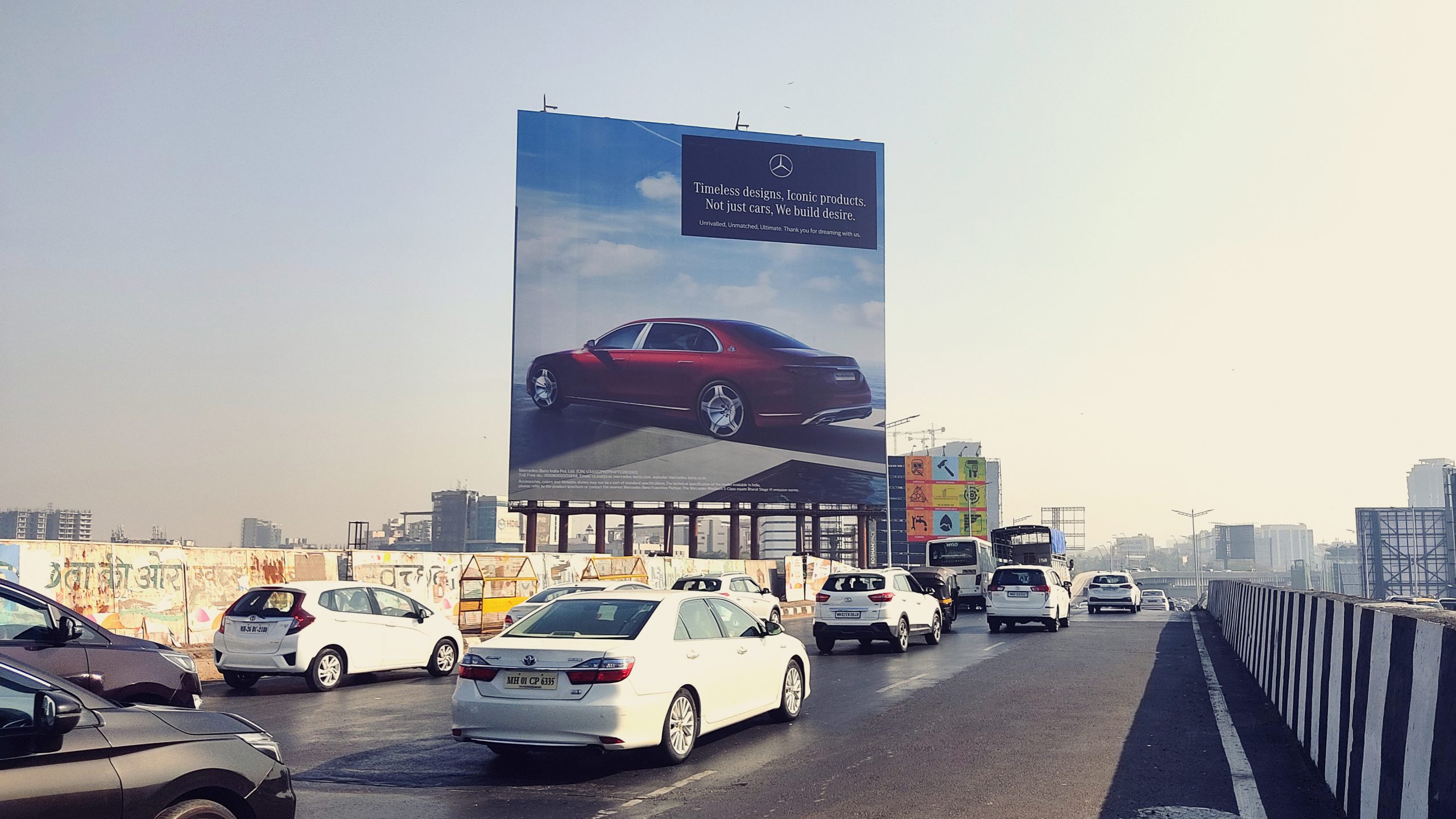
The Road Ahead for Sustainable OOH
Experts say India’s OOH industry must adopt systemic solutions to tackle billboard waste. These include incentivising recyclable materials through tax benefits, scaling up modular designs that replace only panels instead of entire sheets, and linking sustainability efforts to carbon credits so that eco-friendly practices deliver economic value.
Community-focused repurposing is also emerging as a win-win, creating social impact while strengthening brand stories. NGOs like Goonj have already partnered with media owners to upcycle discarded flex into useful items for communities in need.
ADVERTISEMENT

A Collective Responsibility
The shift to sustainable OOH will not be easy. High costs of alternatives, fragmented state-level regulations, and lack of recycling infrastructure remain big hurdles. But with growing awareness, stricter municipal oversight, and brands increasingly asking about environmental credentials, the conversation is changing.
The future of outdoor advertising in India lies in campaigns that captivate audiences without leaving behind mountains of waste. By combining eco-friendly materials, modular formats, and digital solutions, the industry has a real opportunity to balance creativity with responsibility.
Follow Marketing Moves on Instagram and Facebook for more updates on how brands, media, and innovation are shaping the future of advertising.

